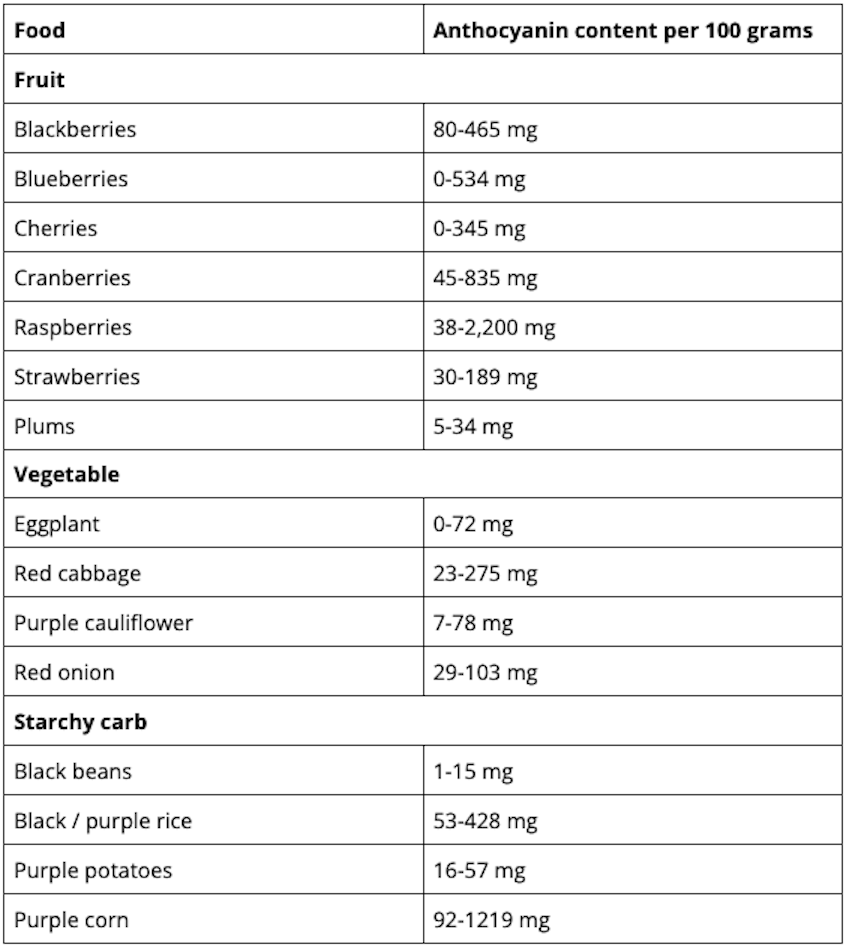Does Weight Stigma Affect Eating Habits?
Have you ever felt the sting of a passing comment about your weight or food choices? It’s a common experience that can trigger a cascade of emotions and behaviours—often leading to short-term relief but potential long-term consequences.
Weight stigma, unfortunately, is pervasive. It affects not only how we feel about ourselves but also how we respond in moments of vulnerability. Whether it’s a snide remark from a stranger or a subtle judgment from a loved one, these encounters can leave lasting impressions.
In a recent study published in the Annals of Behavioral Medicine, researchers delved into the immediate aftermath of weight stigma incidents among 134 participants with BMIs above 25. For 14 days, participants documented any experiences of weight stigma and their subsequent eating behaviours using real-time assessments—a method designed to capture authentic responses without the biases of memory.
Contrary to expectations, participants didn’t consistently eat more immediately after experiencing weight stigma. However, when they did turn to food, they consumed significantly larger quantities—up to 45% more than usual. This finding underscores how weight stigma can influence eating behaviours, leading to potentially unhealthy eating patterns.
Interestingly, the study also highlighted gender differences in responses to weight stigma. While both men and women reported similar intensities of emotional impact from stigma, men were more likely to consume larger portions after these incidents. This sheds light on how societal expectations around body image and food affect individuals regardless of gender.
Key Insights
- Recognise Universal Impact: Weight stigma doesn’t discriminate based on gender. It affects everyone, contributing to feelings of shame and influencing behaviours. By acknowledging this universal impact, we can better understand its widespread implications.
- Empower with Awareness: One of the most powerful tools against weight stigma is awareness. By recognising and naming the emotions triggered by stigmatising comments, individuals can regain control over their responses. This mindful approach allows for intentional decision-making rather than impulsive reactions.
By fostering a supportive environment that values self-awareness and resilience, we can collectively work towards breaking the cycle of weight stigma. It’s about empowering individuals to respond thoughtfully to adversity, promoting healthier relationships with food and self-image.
As we continue to navigate the complexities of body perception and societal pressures, let’s strive to create spaces where kindness and understanding prevail over judgment and stigma. Together, we can reshape the narrative around weight and wellness, fostering a more inclusive and compassionate world.
References:
Does weight stigma make people eat more?. Precision Nutrition.
Lee KM, Hunger JM, Tomiyama AJ. Weight stigma and health behaviors: evidence from the Eating in America Study. International Journal of Obesity. 2021 May 1;45.
Hunger JM, Montoya AK, Kristienne Edrosolan, Tan J, Hubbard AS, A Janet Tomiyama. Ecological Momentary Assessment of Weight Stigma and Eating Behavior in Everyday Life. Annals of behavioral medicine. 2024 Apr 9.












